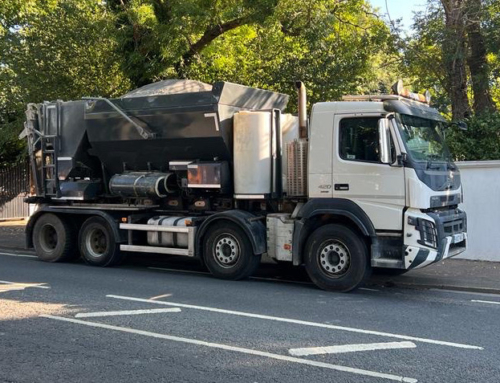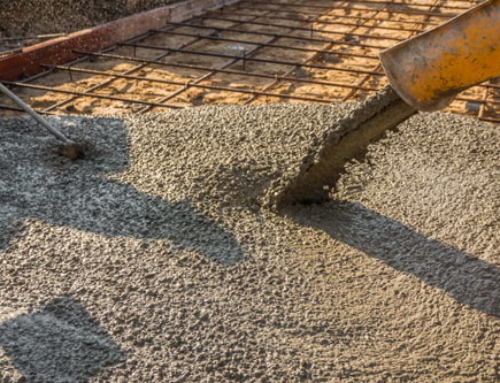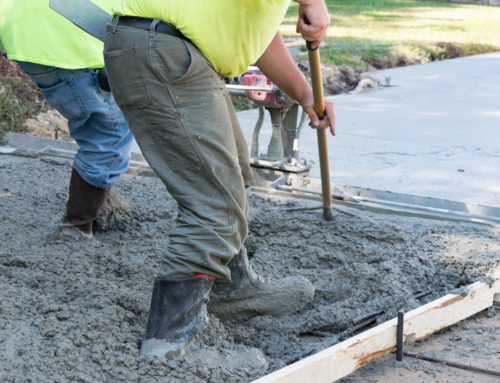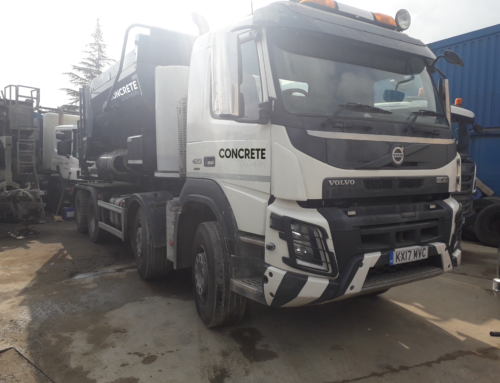There are many uses for concrete, but if you’re laying an internal or external floor, you may want to consider how using screed could improve the quality of the results. Screed creates a thinner layer of specialist concrete, which has a smoother finish than normal concrete. This makes it ideal for flooring. However, here are a few things to consider about the type of screed you choose and how to ensure high quality outcomes.
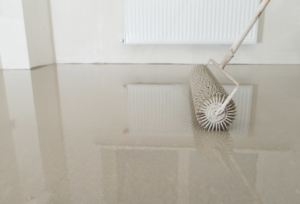 Why Is Screed Good for Floors?
Why Is Screed Good for Floors?
As it consists of sharp sand and cement, once dry, screed creates a cleaner finish than concrete thanks its free-flowing nature and the finer materials used for the mixture. This type of finish is useful for anywhere where you require a smoother surface. This includes internal areas where you’d like to lay flooring over the top of the screed, for example. However, screed can also be used in external areas, including where heavy loads will be moving, such as driveways and carparks. There are many different types of screed, so you should seek advice from a concrete supplier to find out more about the bespoke screed mixture you’ll need. This includes bonded screed, unbonded screed, floating screed and liquid screed.
Laying the Screed
Thanks to its durability and strength, concrete is used for the foundations of buildings, so it will still be required when it comes to the under layers of flooring. The screed is used purely as an upper layer cover for the foundations, levelling the concrete base. Once it’s dry, depending on its use in domestic, commercial or industrial properties, it could be used as the final covering. However, many choose to use it as a smooth, level base on which to apply tiles or wooden floorboards. Luckily, screed is even suitable if you’ve opted for underfloor heating, and the mixture can be used to cover pipework and create an extra layer of insulation for your floors.
Do You Need an Admixture?
Concrete admixtures are agents which can control the way concrete or screed work. While commonly added to concrete to increase its strength, there are many types of admixture, and you may like to consider whether you’ll need them for your screed flooring. For example, if you need more time to work with the screed, you can add retarders to slow down the setting time. Or if you’re on a tight schedule and need to speed up the drying process, accelerators could be added. When choosing the type of screed you need, it’s always important to consider how the flooring will be used. Will the area have a high amount of traffic moving across it? Is it a new build at risk of settlement cracks? In these cases, you can increase the strength of screed with fibres, improving its resilience while preventing shrinkage.
Need screed delivered to your door?
Speak to the team at Concrete Southern about our services covering London and Surrey. We mix screed to your exact specifications, delivering to locations such as Wimbledon, Wandsworth and Purley. Call us now on 020 4539 5184 for advice and a free, no-obligation quotation.

